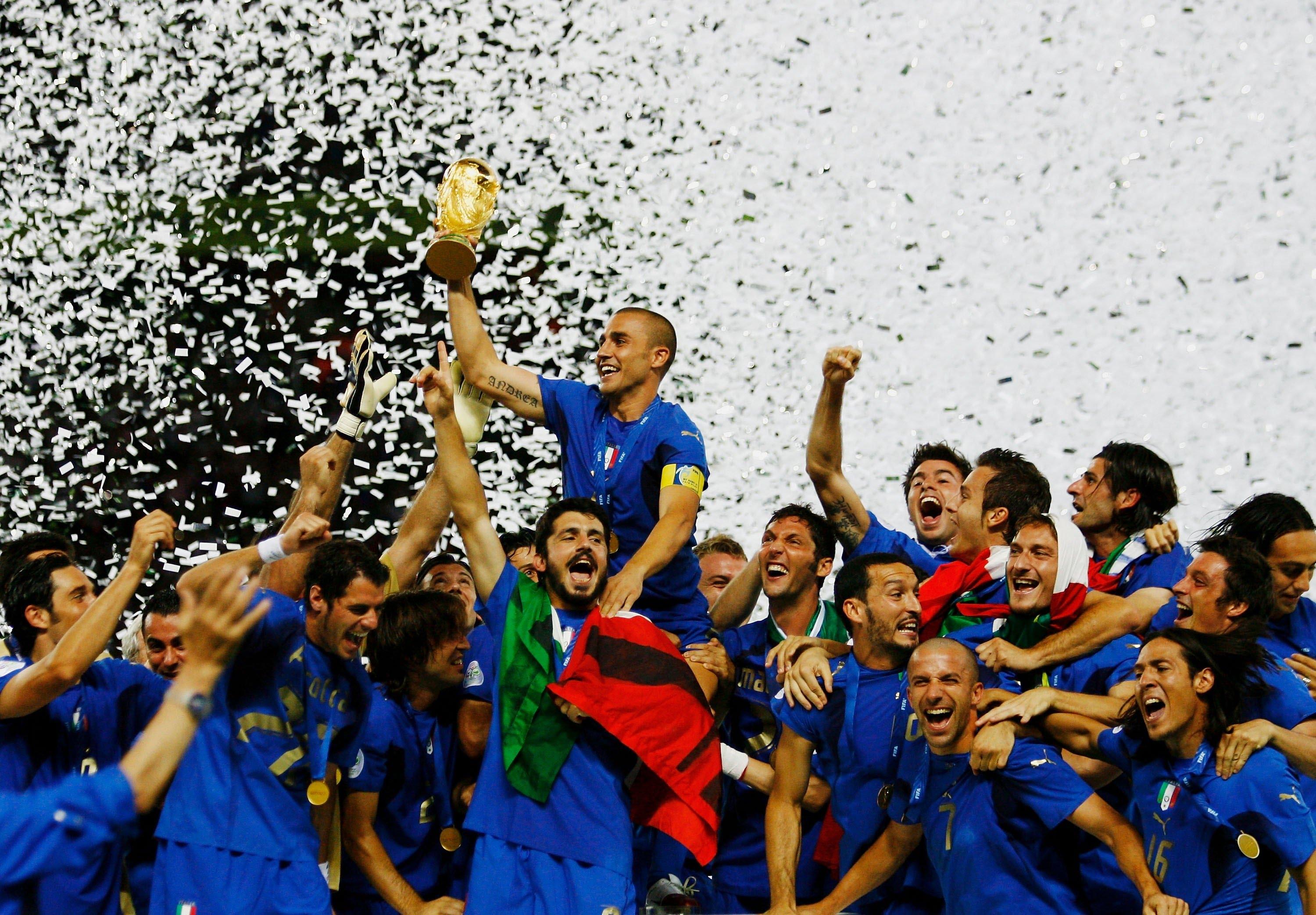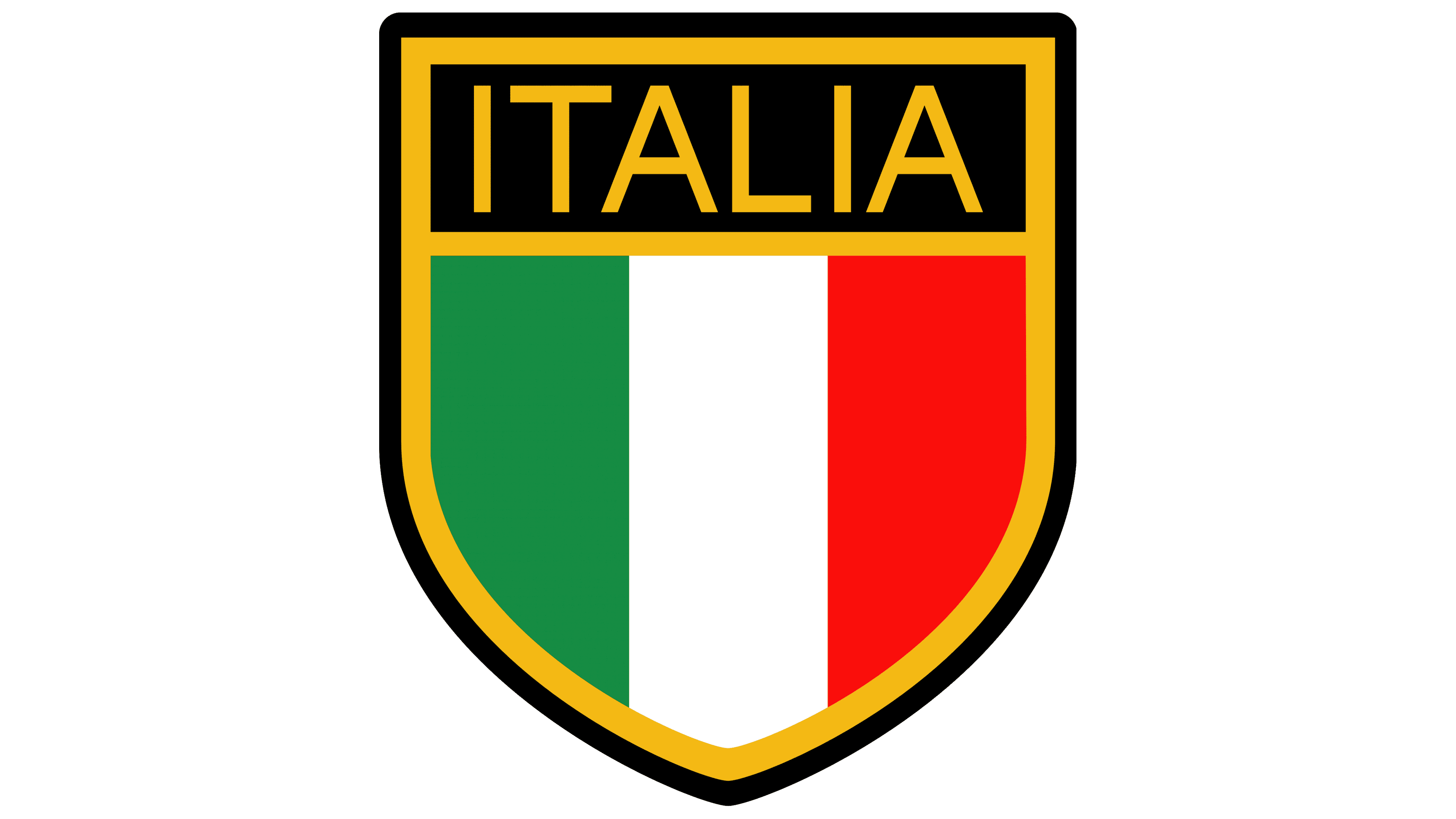“Exploring the World of Soccer in Italy: A Nation’s Passion, History, and Future
Related Articles Exploring the World of Soccer in Italy: A Nation’s Passion, History, and Future
Exploring the World of Soccer in Italy: A Nation’s Passion, History, and Future

Italy, a land renowned for its art, history, cuisine, and fashion, also pulsates with an undeniable passion for calcio – soccer. More than just a sport, soccer in Italy is woven into the very fabric of society, a cultural touchstone that unites generations, fuels rivalries, and inspires dreams. From the grandeur of the Stadio Olimpico to the humble pitches of local oratori (youth centers), the beautiful game holds a special place in the hearts of Italians.
A Historical Tapestry: From Pioneers to World Champions
The roots of Italian soccer can be traced back to the late 19th century, with the arrival of British expatriates who introduced the game to port cities like Genoa and Livorno. The first official Italian Football Championship was held in 1898, marking the beginning of a structured league system.
- The Early Years (1890s-1920s): These decades saw the emergence of pioneering clubs like Genoa Cricket and Football Club, Pro Vercelli, and AC Milan. The game was largely dominated by teams from the northern industrial cities.
- The Rise of Fascism and the 1930s World Cups: Benito Mussolini recognized the potential of soccer as a tool for national unity and propaganda. Italian clubs were heavily supported, and the national team, Gli Azzurri (The Blues), achieved remarkable success, winning the FIFA World Cup in both 1934 and 1938.
- Post-War Rebuilding and the Grande Torino Tragedy: After World War II, Italian soccer faced the challenge of rebuilding. The tragedy of the Grande Torino team in 1949, when a plane carrying the entire squad crashed, deeply affected the nation.
- The Golden Age (1960s-1990s): This era saw the rise of legendary players like Gianni Rivera, Sandro Mazzola, Paolo Rossi, and Roberto Baggio. Italian clubs dominated European competitions, and the national team won the 1982 World Cup. Serie A became known as the most competitive and tactical league in the world.
Serie A: A League of Legends and Tactical Mastery
Serie A, the top tier of Italian soccer, is renowned for its tactical sophistication, defensive prowess, and the presence of some of the world’s greatest players.
- The Catenaccio Era: For many years, Italian soccer was synonymous with catenaccio (door-bolt), a highly defensive system emphasizing tight marking, a sweeper (libero), and quick counter-attacks. While effective, it often drew criticism for being overly cautious and stifling attacking play.
- The Rise of Attacking Football: In recent decades, Serie A has evolved, with a greater emphasis on attacking football. Coaches like Arrigo Sacchi, Zdeněk Zeman, and more recently, Gian Piero Gasperini, have championed more offensive and proactive styles of play.
- Dominant Clubs: Juventus has been the dominant force in Serie A for much of the past decade, winning nine consecutive league titles from 2012 to 2020. AC Milan and Inter Milan are also historical powerhouses, while clubs like AS Roma, Napoli, and Lazio have challenged for the title in recent years.
- Stadium Culture: Italian soccer stadiums are known for their passionate atmosphere, with dedicated tifosi (supporters) creating vibrant displays of banners, chants, and pyrotechnics. However, stadium infrastructure is often outdated, and efforts are underway to modernize facilities.

The National Team: Gli Azzurri and the Pursuit of Glory
The Italian national team, Gli Azzurri, is a source of immense national pride. With four FIFA World Cup titles (1934, 1938, 1982, 2006) and two European Championships (1968, 2020), Italy is one of the most successful national teams in the world.
- Key Moments: The 1982 World Cup victory, led by Paolo Rossi, is etched in the memory of every Italian soccer fan. The 2006 triumph in Germany, despite the Calciopoli scandal that rocked Italian soccer, was another moment of national unity and celebration.
- Recent Challenges: After the highs of 2006, the national team experienced a period of decline, failing to qualify for the 2018 World Cup. However, under the guidance of Roberto Mancini, Gli Azzurri experienced a resurgence, winning Euro 2020 with a thrilling brand of attacking football.
- The Future: Italian soccer is focused on developing young talent and building a sustainable national team for the future. Investment in youth academies and a renewed focus on attacking football are key priorities.
Beyond the Pitch: Culture, Politics, and Society
Soccer in Italy is deeply intertwined with culture, politics, and society.
- Regional Rivalries: Intense rivalries exist between clubs from different cities and regions, such as the Derby della Madonnina between AC Milan and Inter Milan, the Derby della Capitale between AS Roma and Lazio, and the Derby d’Italia between Juventus and Inter Milan. These matches are often charged with political and social undertones.
- Ultras Culture: The ultras are organized groups of supporters known for their passionate displays of support, elaborate choreography, and sometimes, violent behavior. While ultras culture adds to the atmosphere of Italian soccer, it also poses a challenge for authorities seeking to maintain order and prevent hooliganism.
- Political Influence: Soccer has often been used as a political tool in Italy, with politicians associating themselves with successful clubs and using soccer to rally support.
- Social Impact: Soccer plays a significant role in Italian society, providing a sense of community, identity, and belonging. It also serves as a source of entertainment and escapism for millions of Italians.
Challenges and Opportunities
Italian soccer faces a number of challenges and opportunities in the 21st century.
- Stadium Infrastructure: Many Italian soccer stadiums are outdated and in need of renovation or replacement. This is a major obstacle to improving the fan experience and generating revenue.
- Financial Stability: Some Italian clubs struggle with financial instability, leading to debt, player sales, and a lack of investment in infrastructure and youth development.
- Match-Fixing and Corruption: Scandals involving match-fixing and corruption have plagued Italian soccer in the past, damaging its reputation and undermining public trust.
- Youth Development: While Italy has a rich history of producing talented players, there is a need to invest more in youth development and provide opportunities for young players to break into the first team.
- International Competitiveness: Italian clubs have struggled to compete with the financial power of clubs from England, Spain, and Germany in recent years. This has led to a decline in the competitiveness of Serie A.
Despite these challenges, Italian soccer has a number of opportunities to revitalize itself.
- Stadium Modernization: Efforts are underway to modernize stadium infrastructure, which will improve the fan experience and generate revenue.
- Financial Fair Play: The implementation of financial fair play regulations is helping to promote financial stability among Italian clubs.
- Investment in Youth Development: Increased investment in youth academies and a focus on developing young talent will help to ensure the long-term success of Italian soccer.
- Attracting Foreign Investment: Attracting foreign investment can provide Italian clubs with the financial resources they need to compete with the best clubs in Europe.
- Promoting a Positive Image: Efforts to combat match-fixing and corruption and promote a positive image of Italian soccer will help to restore public trust and attract fans and sponsors.
Conclusion: A Passion That Endures
Soccer in Italy is more than just a game; it is a cultural phenomenon that reflects the nation’s history, passions, and identity. Despite the challenges it faces, Italian soccer remains a vibrant and exciting spectacle, with a rich tradition, passionate fans, and a commitment to developing young talent. As Italy looks to the future, it is clear that calcio will continue to play a central role in the nation’s life, uniting generations and inspiring dreams. The passion for the beautiful game endures, ensuring that Italian soccer will continue to be a force to be reckoned with on the world stage.

